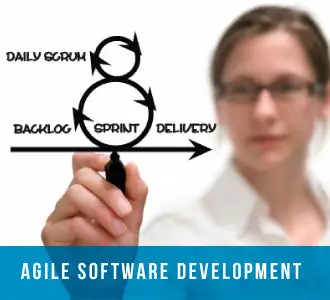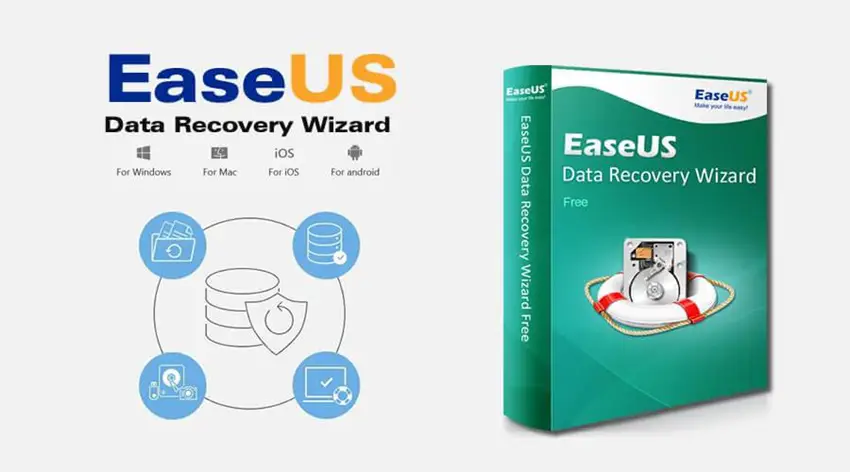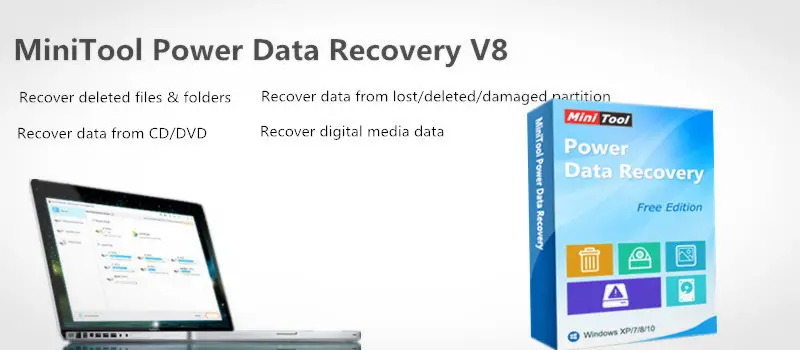
As businesses take a step ahead and realize the benefits of enterprise management, the importance of technology has become undeniable. Almost all organizations, big or small invest in software – whether for small modules or enterprise level integration.
In one of the fastest growing period for software development, amidst varying costs and outsourcing and offshoring modules, a few challenges have always remained when it comes to software development.
Information technology teams have often grappled with software requirements changing as organizations evolve and business strategies change. But the investment of money, time and effort required to make these changes often leaves many people frustrated. Traditional management systems seek feedback very late in the process and often in a sequential process, changes become difficult to achieve.
These issues have to an extent begun to get addressed as more IT teams and external vendors offering agile software development methods. This kind of developmental approach encompasses much more flexibility and practicality for developers to respond to feedback.
The foundation is by keeping programming simple so that changes can be quick. Feedback is not shelved until much later in the development cycle, it is taken very often by periodic and continuous testing. And the biggest advantage is that there is no sequence followed. As and when modules are made ready, they are rolled out to users.
Where earlier all software development were undertaken as big projects, the agile SDLC gives ample scope to break-down complex pieces of architecture into smaller packets with dedicated engineers working on each module. This provides for a lot creative iterations to developers and execution is faster and less affected by other parts of the project. This model is perfect for strategies that are evolving and may not have clearly defined objectives.
The approach also has a very high interactive element – which is one of the major challenges of a significant number of IT projects. The agile model basically can only succeed if there is adequate two way communication between developers and users and this helps resolve later changes or delays in development.
Another often heard complaint with traditional IT development is non-attention to user interfaces and design. Since this model demands constant communication between different teams as well as line managers and developers, design aspects can be closely monitored and fixed through the development process.
Since developer teams working through smaller modules in the agile software development life cycle have a lot of freedom to work on independent segments, responsiveness increases tremendously.
Another major advantage of this approach is that modules are much cleaner. Since testing happens almost simultaneously and quickly and over relatively smaller pieces of code, bugs can be easily detected and removed before delivering to the end-user. This enhances overall user experiences manifold.
Traditional IT teams often struggle to create buy-in from line managers for several functional aspects of modules. The agile model creates the perfect platform for in-house IT teams, external software development teams and business managers to meet common objectives seamlessly.
To know more about agile software development please click here.


